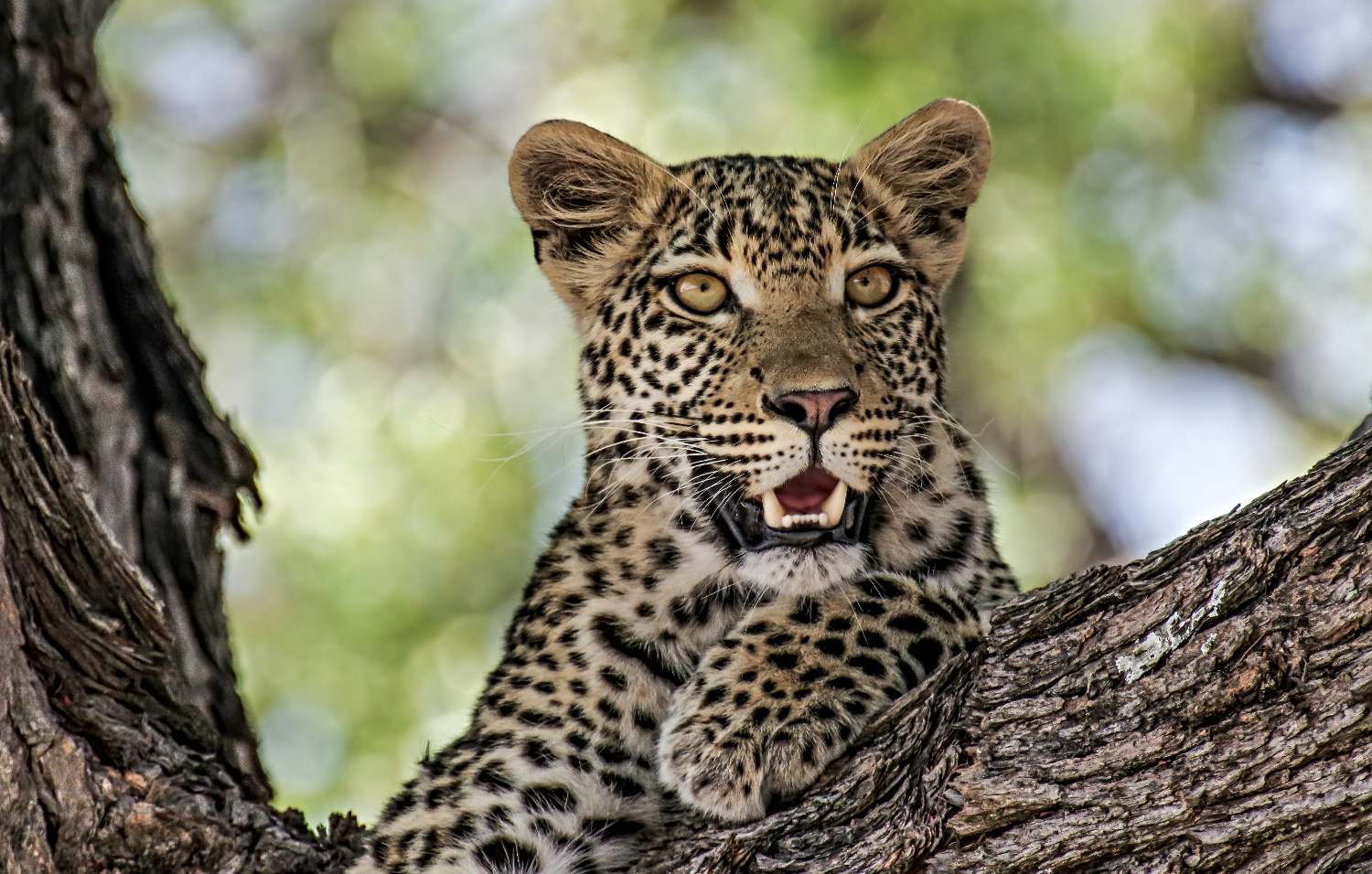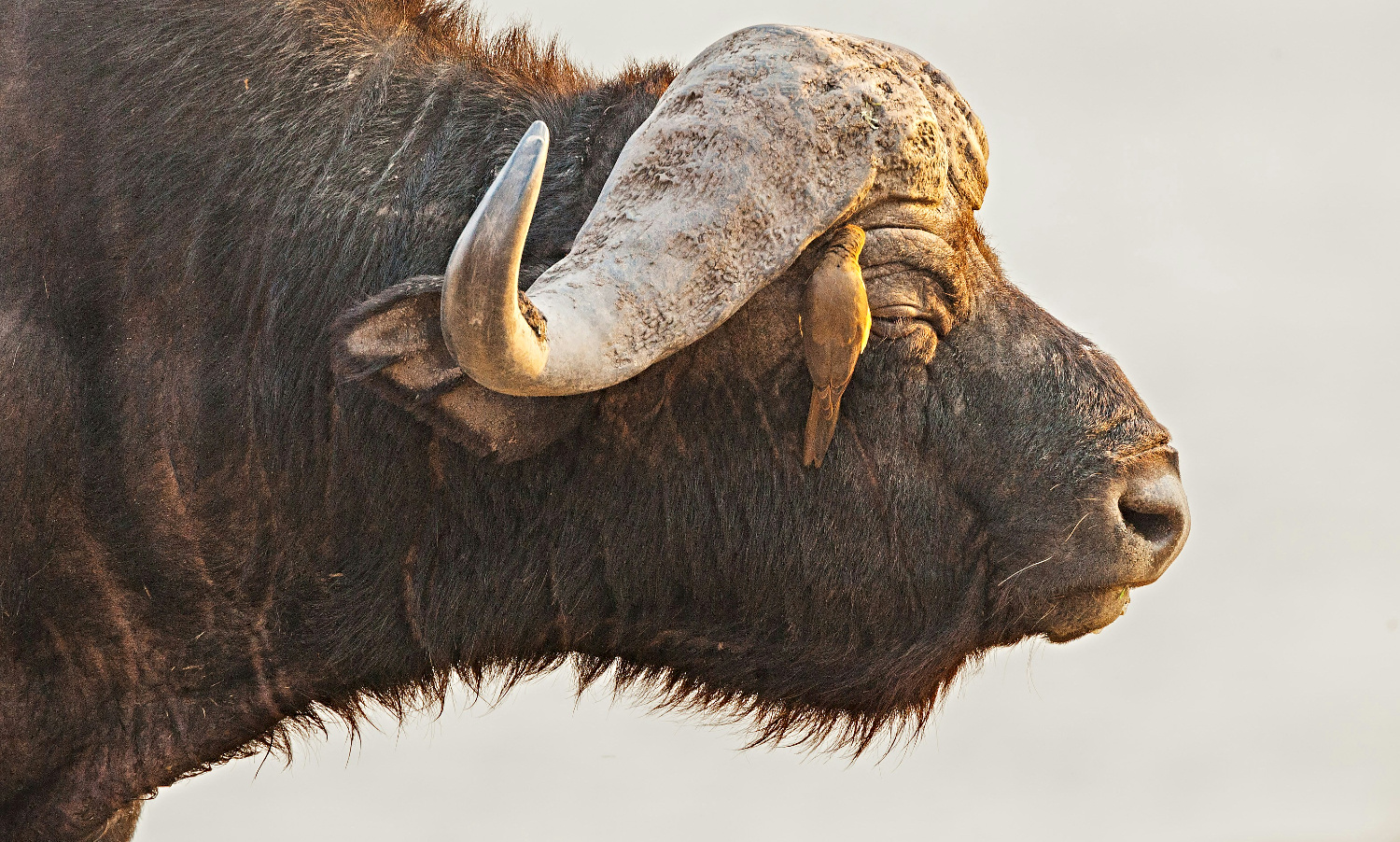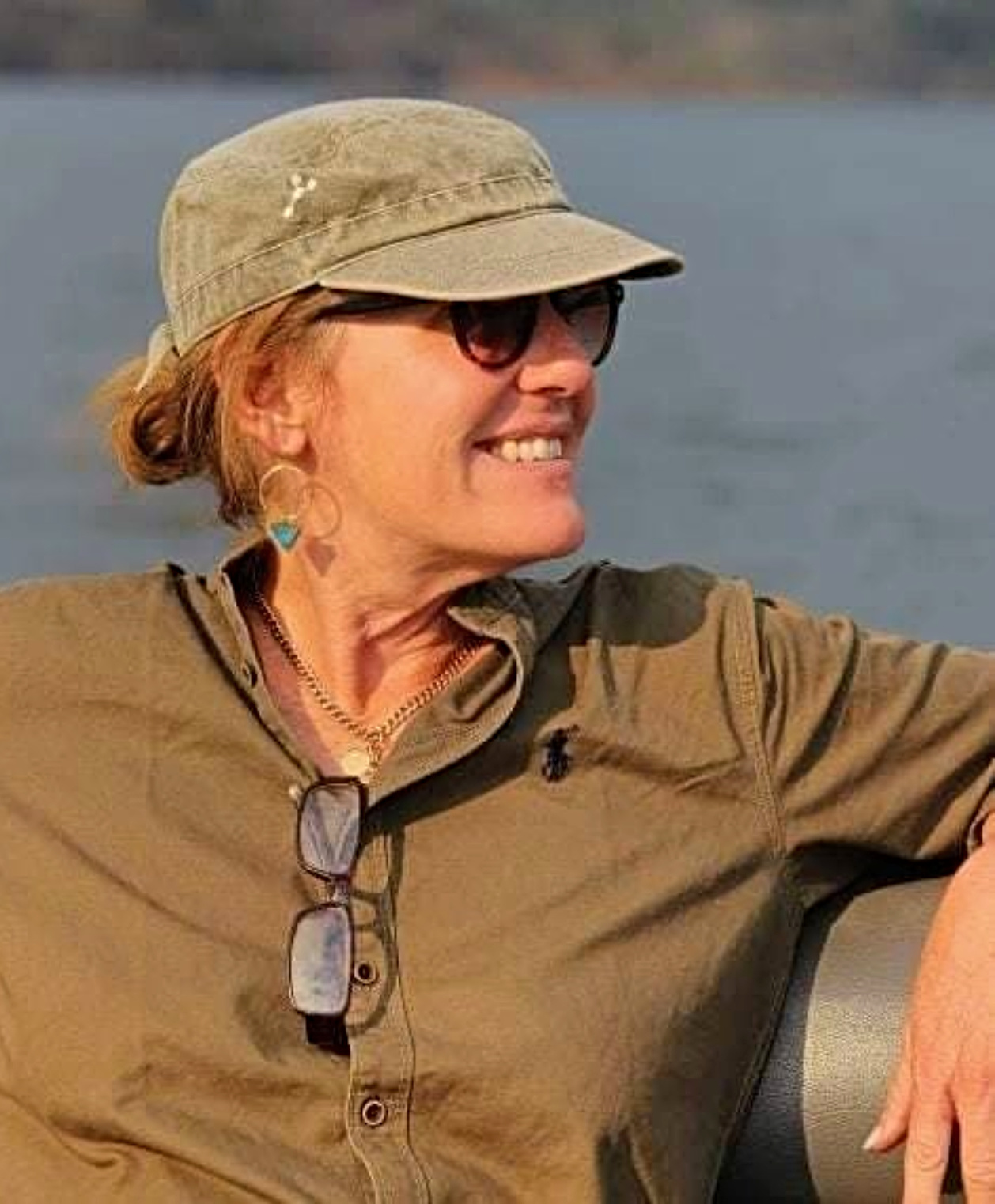Taking Terrific Photos on Safari: Getting the Trophy Shot
Published on: 15/05/2024
Published on: 15/05/2024

Photo title: Leopard
|Photo Credits: Sarah Kingdom

Photo title: Buffalo with Ox Pecker
|Photo Credits: Sarah Kingdom

Travel writer, mountain guide, yoga teacher, trail runner and mother, Sarah Kingdom was born and brought up in Sydney, Australia. Coming to Africa at 21 she fell in love with the continent and stayed. Sarah guides on Kilimanjaro several times a year, and has lost count of how many times she has stood on the roof of Africa. She has climbed and guided around the world and now spends most of her time visiting remote places in Africa. When she is not traveling she runs a cattle ranch in Zambia with her husband.
Taking Terrific Photos on Safari: Getting the Trophy Shot
Adapt and Survive: Reaching the Pinnacle of Specialisation
Into the night – nocturnal life in the Kalahari
A Lone Porcupine fights off an entire pride of Lions!
Ten Interesting Facts About the Kalahari Desert